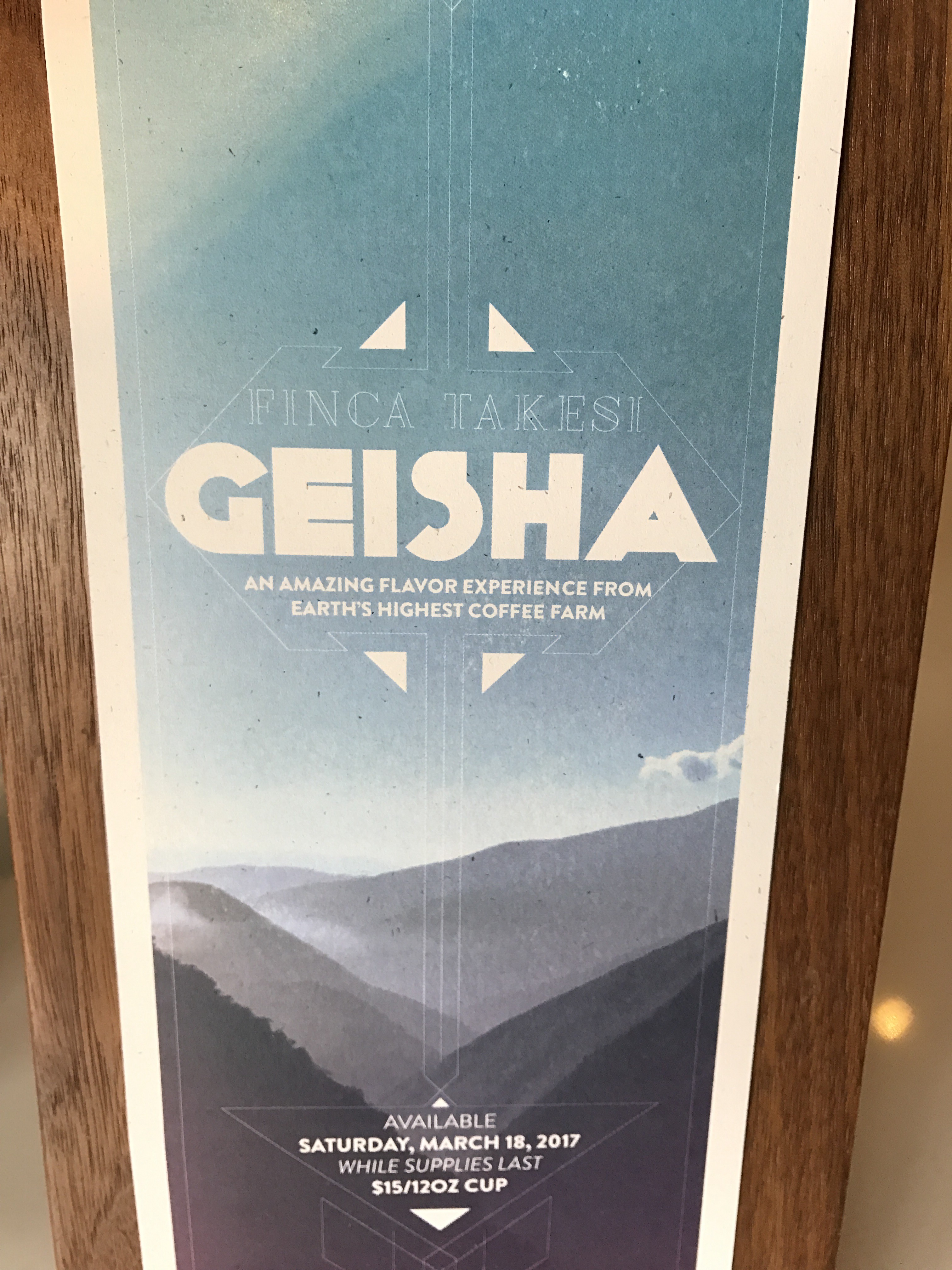Whatever happened to Web 3.0? What was it? Did it ever happen? I’ve seen multiple attempts at definitions. Things about artificial intelligence. The semantic web. Social networks.
One thing I remember about Web 2.0 was that 37signals (the original company behind Basecamp) was labeled as a company who was very “Web 2.0”.
I’m not sure that was true.

Are those grapes? No, coffee beans. Coffee beans aren’t actually the chocolatey looking things we usually see until they are roasted. And even as recently as 1850, folks were buying those green beans and had to roast and grind them by hand at home.
Along came William H. Bovee in 1850 who figured there had to be an opportunity here. He came up with an idea to roast the beans, grind them himself and sell the product in cans to consumers — making coffee much more convenient.
He also hired a carpenter, named James, who took a lot of interest in the coffee business. James eventually became William’s partner and later bought the entire company for himself. Williams company, originally “Pioneer Steam Coffee and Spice Mills” was then renamed after James’ own last name: J.A. Folger & Co. What we now call just “Folgers”.
William and James ushered in what many coffee historians refer to as the “First Wave” of coffee.
The First Wave of coffee was mass production. Bringing convenience to consumers. Making sure everyone who wanted coffee could get it. Maybe not the best or freshest quality, but an easy source of caffeine nonetheless.
Then came a Second Wave. It started with three friends from college, Jerry Baldwin, Zev Siegl and Gordon Bowker, who opened up a store to sell their own roasted beans and coffee. They scoffed at the idea of selling fancy lattes that were being sold in Italy. But one of their employees couldn’t resist the urge to transform the company to sell the fancier beverages. So that employee, Howard Schultz, bought their small chain called Starbucks and transformed it into the mega-success it is today.
Starbucks is the exemplar of the Second Wave. The Second Wave was coffee becoming a first class citizen of retail. You went out to have coffee. It was no longer just something stuck onto breakfast or dessert. The customization options were infinite.
The Third Wave of coffee is where we are today. Shops like Intelligentsia and Stumptown realized coffee still had another level of appreciation. Not about: “What country was this coffee from?” but: “Which farmer grew these beans?”

Intelligentsia connects the consumer to the minute details and people making your beverage.
The Third Wave is about coffee becoming… artisanal.
Once you see these waves with coffee, you start to see these waves everywhere. Beer is now in its third wave with all of the microbreweries. There are reality TV shows about bakery artisans. Everything at the grocery store seems to have gone from: laborious to convenient to mass produced to “locally farmed and sourced.”
Was Web 1.0, 2.0 the same thing?
Craigslist is the perfect example of Web 1.0. Here were “things that you used to have to do laboriously by placing ads in newspapers, or hanging up flyers in your neighborhood” now online. It looked (and still looks) terrible. Had plenty of issues and navigation problems. But quality didn’t matter. It was online and you’re never going back. It was ground beans in a can.
A key component of Web 2.0 was usability. Convenience wasn’t enough anymore. Things had to work well and be easy to use. It was about the “end user’s experience.” Reminds me of a Starbucks cafe.
37signals launched Basecamp back in 2004. Many lobbed them into experts at Web 2.0. Afterall, they spent so much time on design and making sure their products were dead simple to understand and use.
But when Basecamp launched I found myself not just interested in the product, but the makers. They opened up their process, their philosophies, even their morning routines and which pens they used.
You got to connect with them on a level that seemed unheard of for people making software. And it created an audience around them that loved to use and spread their products.
I think 37signals/Basecamp wasn’t another example of Web 2.0, but like Intelligentsia, they ushered in a third wave. Jason, David, and the 37signals crew created artisanal software.
What’s funny to me is that even though they were doing this since the early oughts (I just had to find a reason to use the word ought), I feel like few others have understood how powerful this was and utilized it for themselves.
Today’s typical company blog is glorified “press releases” no one gives a shit about (features launched, new hires, self-congrats on raising money or business acquisitions). Or the blog is “content marketing”, where hired freelancers spin out countless articles with hopes Google will bless them.
Now, don’t get me wrong: company news isn’t a bad thing, SEO and helpful articles on how to use your product isn’t a bad thing. But they pale in comparison to trying to connect as humans with the people who come across your work.
And it’s been a huge inspiration in how I run things over here at Highrise. Newsletters I write share something about our life and kind. My welcome email to new customers mention our current weekend plans. And my vlog opens up our process in taking over and rejuvenating Highrise and the crazy life of raising a toddler balanced in. I’ve enjoyed the results: huge open/click rates to things I send, email replies about customers own lives, and support for all the decisions we have to make and figure out.
So if you are in a spot where you’re building a business or trying to grow attention to what you’re doing, take a minute to consider… Are you still trying to mass produce something that’s already been mass produced? Or are you focusing on ‘user experience’ as your main goal, when no one else disagrees anymore that ‘user experience’ is important?
Or is it time for you to try connecting? Is it time for the Third Wave?
P.S. If you enjoyed this article, please help spread it by clicking that ❤ below. And if you are interested in more, you should follow my YouTube channel, where I share more about how history, psychology, and science can help us come up with better ideas and start businesses. And if you need a simple system to track leads and follow-ups you should give Highrise a look.


